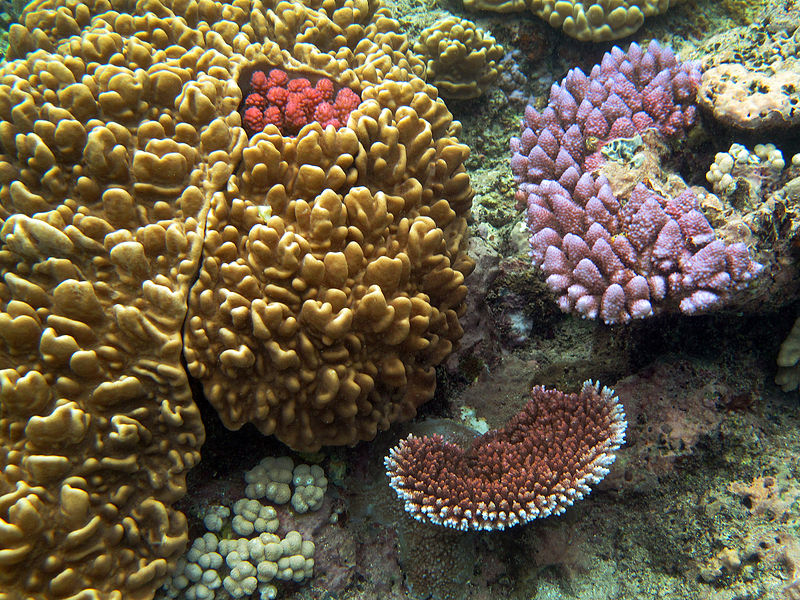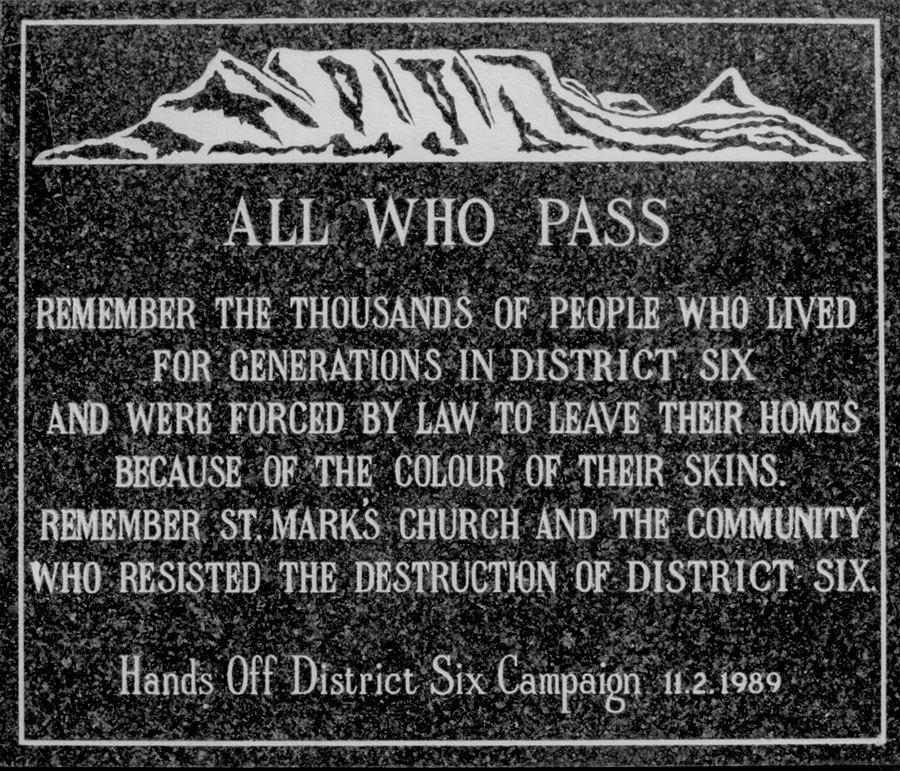Like many of
you, I have been devastated by the outcome of your elections. I am trying to
make sense of what seems to me to be a giant step backwards for human rights, a
blow to tolerance and respect. The whole world seems to be swinging back into a
racist and colonialist mentality. First Brexit and now this. Major European
countries have upcoming elections soon and I fear that those will follow this
same right-wing trend. I can’t imagine what it must be like to be Obama and
look back on 8 years of his life and wonder what the hell he achieved. There is
no sense to be made.
I try to hide my
head in the sand – why should I care about American politics when Americans
seem to care only about themselves? But the reality is that when America
sneezes, we catch cold. I’ve always tried to console myself with the idea that
the American government is not necessarily the American people; that whatever
wrongs the government commits it doesn’t mean the ordinary people are racist or
islamophobes or … but now it seems that the people have spoken.
How is it
possible that someone who openly supports racism and sexism and blatantly spouts
hate-speech can have the support of more than 50 million people? Have we learnt
nothing from history? Even if, as they say, most Americans are insular and ignorant
about global events, have they learned nothing from their history? Nothing of
civil rights and segregation and hatred and war and violence from your past?
Yesterday my
daughter showed me that a proposed “victory” march by the Ku Klux Klan was
trending on Facebook. I read in the Sunday newspaper that your
president-elect’s father had been arrested at a rally years ago. He had been
wearing the gown of the KKK. It sent shivers down my spine.
My son is in the
USA and, like many of his friends, couldn’t wait to get out of his school
uniform and grow his hair and beard. And from 12000 kms away, here I am
freaking out about him looking like a “terrorist”. He is adamant that he is not
going to shave and it goes against everything that I believe in to try and
convince him that he should toe the line, lie low and not look a certain way. He
probably wonders what I am on about since, even without the beard, he gets
stopped at every airport for “random” security checks because of the way he
looks. This feels like apartheid happening all over again.
There have been
many articles written by experts in the fields, opinion pieces by academics and
political commentators, pleas for tolerance and against panic. I’m trying to
find comfort in the calls by diverse people for sanity to prevail, for people
to take time to reflect and heal, and then to take action by forming community
support groups, of becoming involved with NGO’s, of reaching out to their
neighbours, to Muslims, Hispanics, Jews. Perhaps that’s all that we can do. To
build small circles of compassion and to create ripples until, hopefully, we
have concentric circles of goodness to protect and strengthen ourselves.
I was reminded
this morning of a quote by Pastor Niemoller, a German who spoke out against the
Nazis and was detained at Dachau. This is what he said,
First they came
for the socialists and I did not speak out because I was not a socialist;
then they came
for the trade unionists and I did not speak out because I was not a trade
unionist;
then they came
for the Jews and I did not speak out because I was not a Jew;
then they came
for me and there was no one left to speak out for me.
In the dark days
of apartheid that quote was pinned to my notice board. I found comfort in it
then. I hope that it can still comfort now. And when I have energy perhaps I
will heed Toni Morrison’s words:
There is no time
for despair, no place for self-pity, no need for silence, no room for fear. We
speak, we write, we do language. That is how civilisations heal.
I hope that she’s
right. In the meantime, please take care
of my son – underneath his tanned skin and beard is a good, kind man.
























